
Between molecules and stars: Dimensions of the next economy
The bio-economy will be like nothing ever before.
Everything has a life cycle - the universe, the planet, economies, products and people. The current information economys completion is now in sight, and the bio-economy is waiting in the wings to take center stage.
The scientific breakthrough that will form the foundation of the bio-economy was made in 1953 when J.D. Watson and F.H.C. Crick discovered the helical structure of the DNA molecule. Less than 40 years later, products of genetic engineering are now coming to the marketplace. (This is a very short time span. It took 70 years for Newtons discoveries to lead to the industrial economy and 50 years for Einsteins work to result in the information economy).
It should also be noted that many of the bio-economy products will be involved with drugs. Testing new drug products takes considerable time, as some forms of cancer take twenty years or more to manifest themselves. The results of clinical trials cannot be sped up to suit the economic cycle speed.
The three core elements of the bio-economy will be:
1. Developments in mind-like computers.
Current computers function according to their programming which is predetermined. The computers under development will mimic human thought patterns, meaning they will approximate emotions, intuition and judgment.
Two different approaches are being taken to develop mind computers:
- Artificial intelligence - machines that learn from an initial set of guidelines mixed with increasing levels of experience. However, despite all the experience, artificial intelligence still works according to a set of predetermined rules.
- Neural networks - machines that start with a machine brain and gradually let a mind emerge. Every solution becomes a learning experience as patterns are used as a basis for decision making. These computers will be increasingly used in any area with fuzzy or unclear input.
Neural computers will be able to read handwriting accurately, analyze applications which may have a wide variety of different types of information, handle speech input as opposed to keyboards and form the basis of machine vision.
Current thinking in scientific communities is that human brains use both programmed learning and neural input. The mind computer of the future, therefore, may be a combination of artificial intelligence and neural computers. These new computers will then be embedded directly into new consumer products developed and sold.
2. Developments in genetics.
A $3 billion fifteen-year project is currently underway to map the entire genetic blueprint of human beings. This involves mapping the 50,000 - 100,000 genes and determining their sequencing.
Whenever any gene is located and sequenced, it can be repaired if faulty. Already, the genes causing cystic fibrosis, muscular dystrophy and other diseases have been identified. Designer drugs for specific gene targets are now under development as the mapping continues. It is hoped that the approx. 4,000 inheritable diseases will be treatable once the project is completed. While gene mapping will revolutionize diagnosis, learning how to repair and prevent the disease are still daunting tasks.
It is still not clear whether agricultural or pharmaceutical products will lead the way in the bio-economy. Genetically modified crops such as insect- and frost- resistant grain, oil producing grain and more nutritious foods are being developed. High grade farm animals can now be successfully cloned through molecular splicing. Biomanufacture will become standardized and optimized.
An example is fish farming. In 1980, fish farms provided less than 1-percent of all fish consumed. By 1990, they provided about 10-percent, and by the year 2000 should provide more than 20-percent. Almost 100-percent of the 60 million pounds of trout consumed each year in the US are farm produced.
Within three years, all trout farms will have a 100-percent female population. Females are better in appearance, texture, growth rate and taste. Males are combative, waste energy chasing each other and taste mushy. To avoid using male trout, fish farmers feed selected female trout testosterone to produce sperm which is used to produce eggs. The idea is to grow the tastiest trout in the shortest time with the least amount of food and water.
The moral and political questions these developments suggest are also enormous, and must become the subject of public debate as the bio-economy moves closer to economic dominance.
3. Developments in miniaturization.
Micro technology is now well established and micro tools, micromotors, micromovers and micro sensors have already been developed. (One micron is one-millionth of a meter. These tools are as small as the width of a human hair. For micro-engineers, the major occupational hazards are accidentally inhaling the equipment or sneezing it into oblivion).
The applications are enormous. Micro sensors can transmit information from anywhere. (The space shuttle has more than 250 micro sensors checking cabin pressure, temperature and engine performance). People can swallow "smart pills" containing a huge array of micro sensors to conduct a complete internal examination. Doctors predict these "smart pills" will eventually be able to detect cancer cells and destroy them individually without affecting other surrounding cells.
Micro sensors can also be used to carry out diagnostic testing using tiny blood samples. For example, blood testing in the future could require a small pin prick and be carried out at home.
The ultimate design limit would be to have the capability of working on molecules one atom at a time. This would completely overcome the scarcity of raw materials, as all manufacturing could be carried out on-site from locally available atoms. However, these are slightly beyond the scope of the coming bio-economy, and probably belong to the world where science meets fiction.
The bio-economy will transform the nature of all business organizations. For example, consider a company in the refrigerator business. Developments in packaging may reduce the refrigerator to a thin film that shrink-wraps around any food or beverage which can then sit temperature controlled anywhere at all. Or alternatively, smart refrigerators of the future may monitor our food intake and give dietary advice. By the time the bio-economy arrives, a refrigerator company may be in the business of food preservation and enhancement.
At present, there are about 1,100 public, private or subsidiary bio-economy companies in the U.S.A.. Of those, less than a quarter are currently profitable. In the last 10 years, nine biotech based drugs came to market. At present, more than 150 biotech drugs are in human clinical trials before regulatory approval. The industry predicts a 10-fold increase in sales by 1995 and 25-fold growth by 2000.



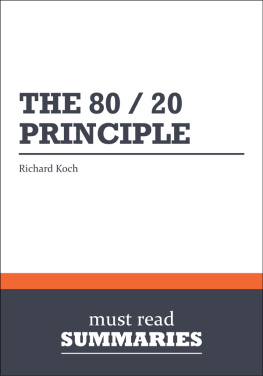




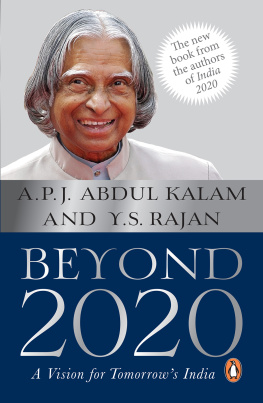
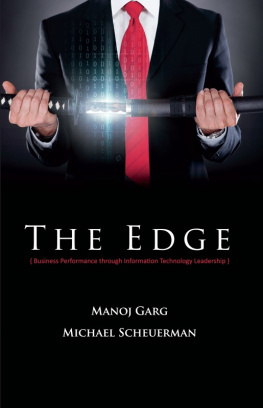

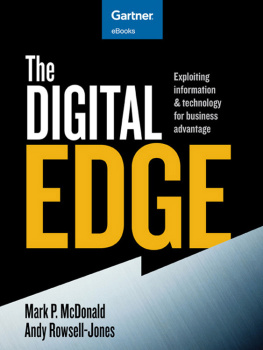


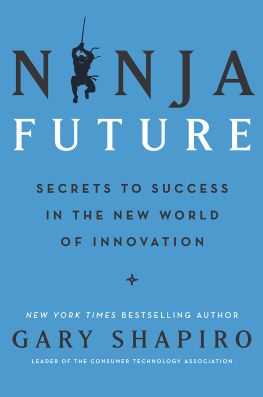
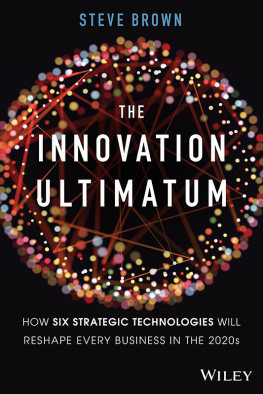

 Between molecules and stars: Dimensions of the next economy
Between molecules and stars: Dimensions of the next economy